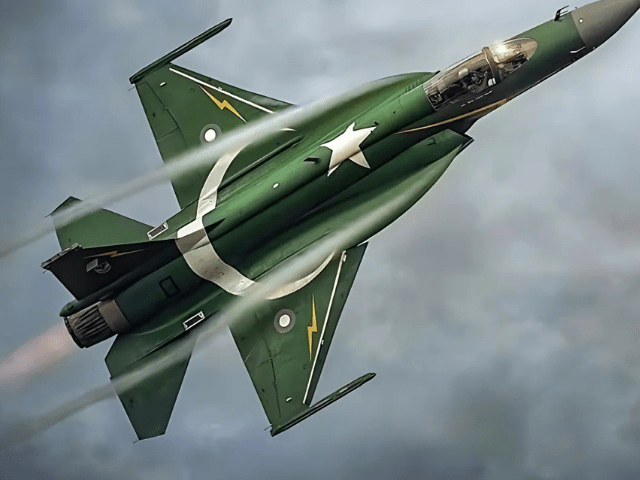The integration of Pakistan of advanced war systems has established a new reference in South Asian air defense, China welcoming the tactical tip of Islamabad during the last escape from India-Pakistan.
A detailed report of Space news in ChinaA point of sale supported by the best Chinese aerospace agencies, praised the “ABC” combat of Pakistan locked by A, launched by B, guided by C as a turning point in the smart war.
Pakistan Air Force (PAF) has taken advantage of a transparent network of ground radars, fighter planes and airborne warning and control systems (AWACS) to intercept and cut down five Indian planes, according to official assertions.
The report has credited this decentralized data -based approach to outdoing the exposed and fragmented defense protocols from India.
Although the report does not directly appoint Chinese weapons, recent acquisitions from Pakistan, including the HQ-9P air defense system, the ZDK-03 AWACS and J-10CE fighter planes equipped with PL-15th missiles are all manufactured in China.
The use of this integrated ecosystem illustrates a new phase in Pak-China defense cooperation, rooted in precision, intelligence sharing in real time and profitable deterrence.
India, on the other hand, has been faced with continuous problems with interoperability between its imported systems an Achilles heel which, analysts, could continue to hinder response time and coordination in future conflicts.
The dynamics of the battlefield from raw firepower to network agility, the success of Pakistan is considered an alarm clock.
The report concludes that the country’s intelligent asymmetrical strategy not only neutralized the advantage of India’s digital air power, but also offered a model on the way in which future war will be carried out and potentially won.
While geopolitical tensions persist, this episode reaffirms the strategic depth of the Pak-China partnership, positioning it at the forefront of new generation military coordination




